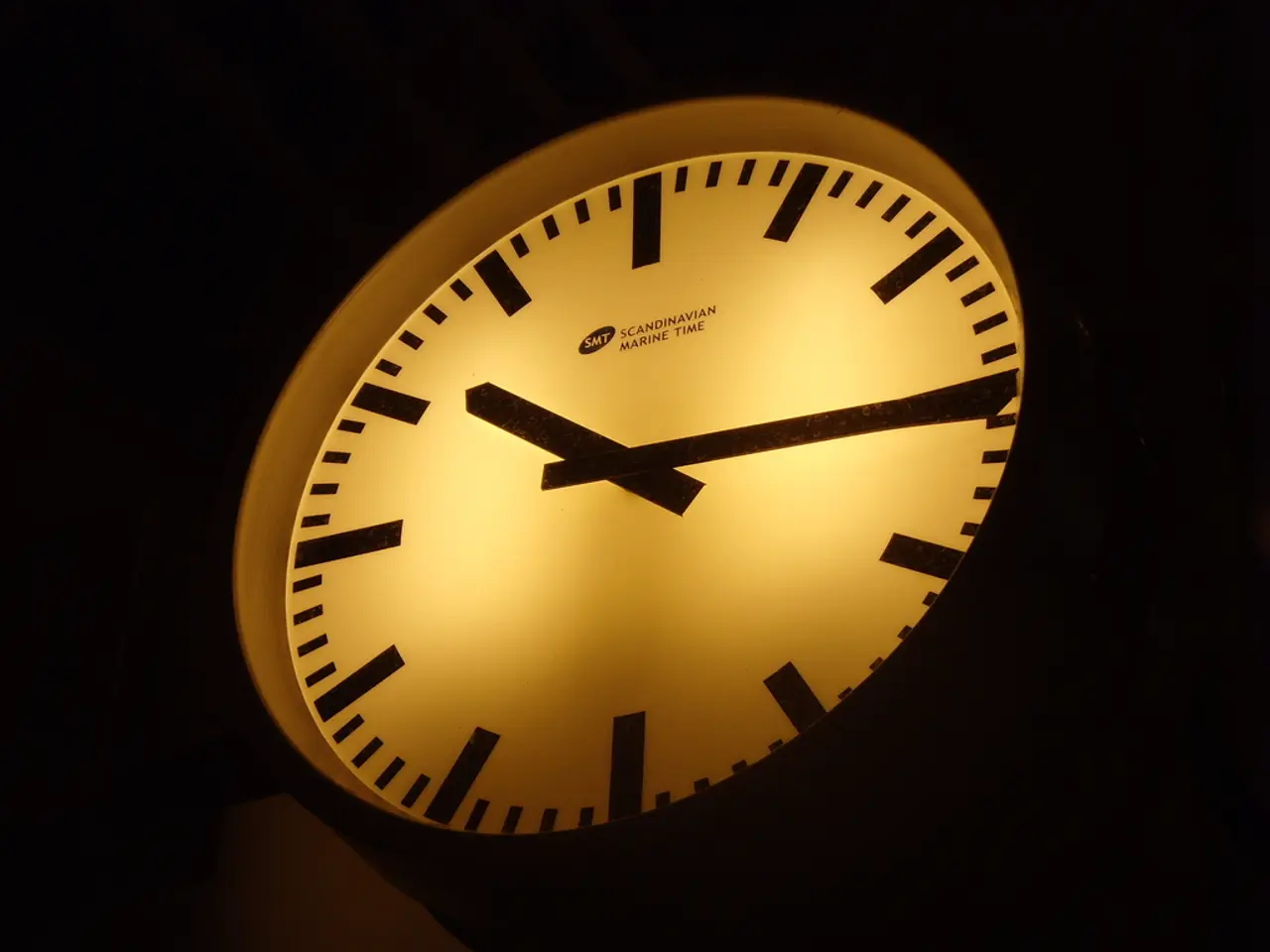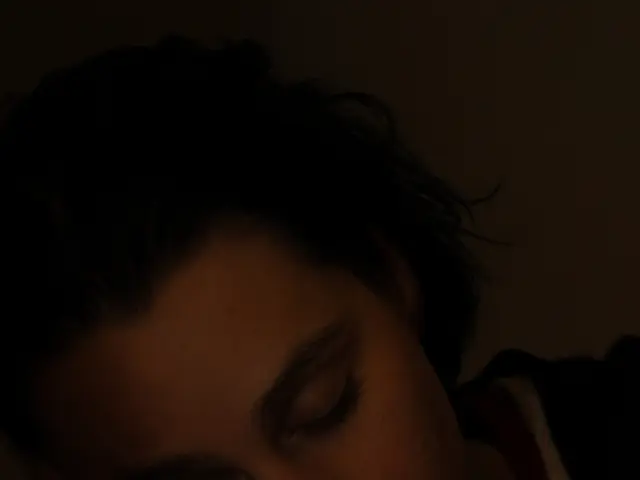Rhythmic Body Functions: Operation, Factors Involved, and Additional Info
In the intricate dance of our bodies, one of the most prominent rhythms is the sleep-wake cycle - a natural cycle that governs our feelings of wakefulness and sleep. This cycle is part of our circadian rhythms, a series of physical, mental, and behavioral changes that occur roughly every 24 hours.
At the heart of this dance is the master clock, a structure in the brain called the suprachiasmatic nucleus (SCN). This control centre synchronizes our body's rhythms with the 24-hour day, primarily through the influence of light.
Light, especially blue light, emitted by electronic devices like smartphones and tablets, plays a crucial role in this process. Exposure to blue light in the evening can suppress melatonin, a hormone that promotes sleepiness, delaying the circadian clock and leading to later sleep onset and reduced next-day alertness. Conversely, blue light during the daytime supports alertness and helps keep circadian rhythms aligned to the natural day-night cycle.
The colour temperature of light also affects circadian rhythms, with blue-enriched light having the strongest impact on suppressing melatonin and shifting sleep phases. Adjusting colour tones and brightness on devices can help reduce these disruptive effects.
Unhealthy sleep habits further compound the problem. Irregular sleep schedules, extended screen time at night, and misaligned daily routines can lead to chronic circadian misalignment, with negative health impacts such as metabolic disorders, depression, and decreased cognitive performance.
Other environmental factors, such as temperature fluctuations, noise, and chemical pollutants, can also influence circadian rhythms. These factors can cause stress reactions, oxidative stress, or disrupt normal sleep-wake patterns.
In summary, light, particularly in the blue spectrum, is a critical external factor that can either entrain or disrupt human circadian rhythms, depending on timing and intensity. Unhealthy habits that increase evening light exposure or disturb natural sleep patterns exacerbate circadian disruption with broad health consequences.
To maintain a healthful circadian rhythm, it is recommended to go to bed and wake up at the same time each day, limit exposure to light, particularly blue and white light, in the 2 hours before sleep, and avoid caffeine, heavy meals, and mentally stimulating activities late in the day.
Travel, especially moving between time zones, may cause disruptions in sleep and circadian rhythms, leading to jet lag. For those who work late shifts or throughout the night, these disruptions can be particularly pronounced.
For anyone who regularly experiences sleep disruptions or feels their circadian rhythms are off, it may be beneficial to consult a healthcare professional. Poor quality sleep or sleep deprivation can lead to health complications.
Finally, it's important to remember that circadian rhythms are not unique to humans. They occur in various organisms, including plants and animals, underscoring their fundamental role in life. By understanding and respecting these rhythms, we can promote better health and wellbeing.
During the night, prolonged exposure to blue light from electronic devices can suppress melatonin production, potentially leading to disturbed sleep and reduced health-and-wellness. To maintain a healthy sleep-wake cycle and Circadian rhythm, it is advised to limit nighttime screen usage and adjust device settings to reduce blue light emission, promoting better sleep quality.




